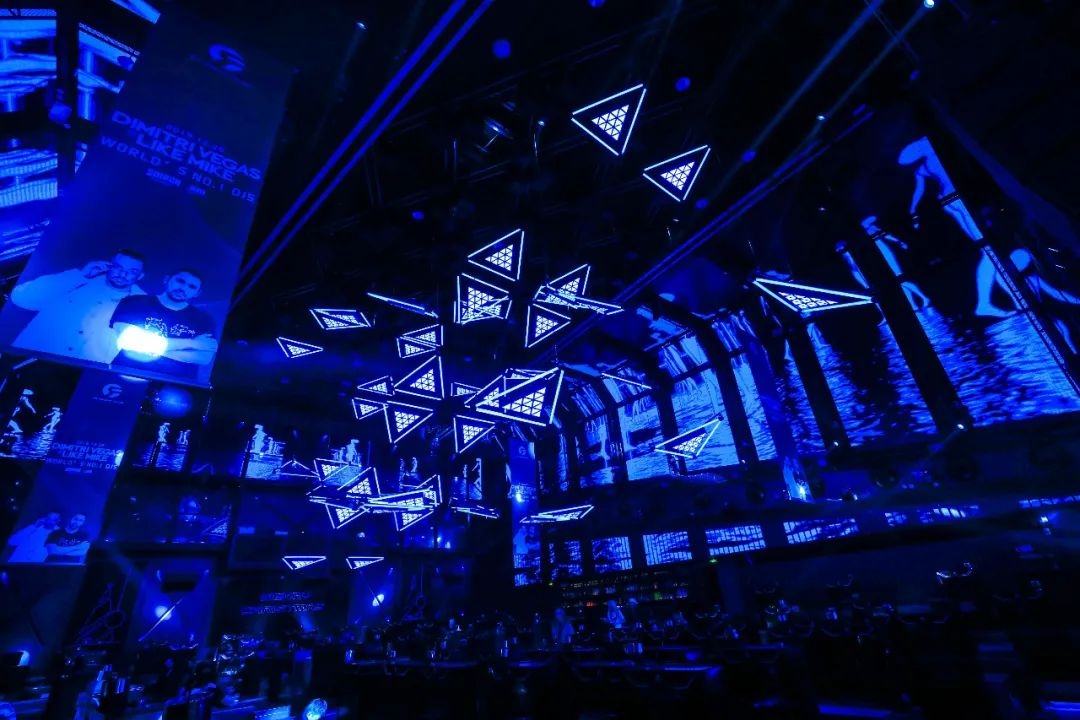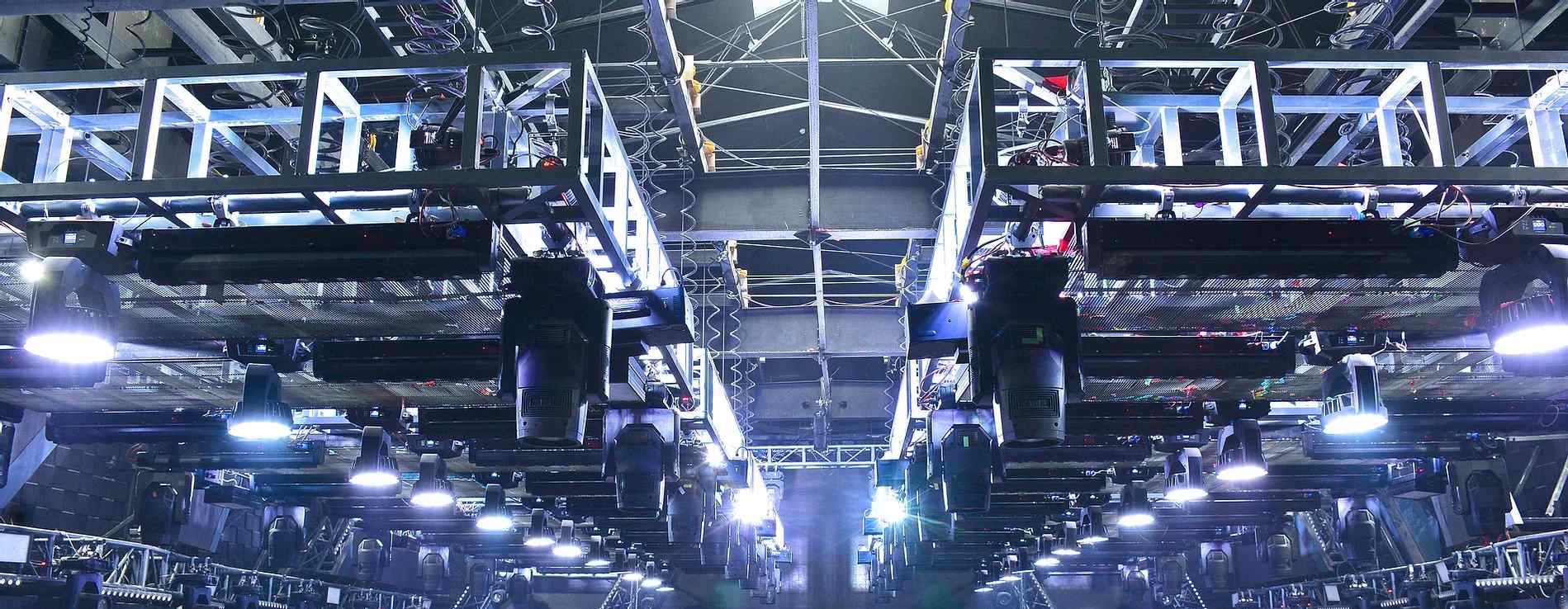The longevity of light sources and fixtures stands as a cornerstone in the realm of energy conservation and environmental stewardship. It signifies reduced production demands, leading to conservation in energy, materials, and transportation resources. Prolonged lifespan not only curtails waste but also diminishes environmental pollution and lessens the energy needed for waste management. Several pivotal factors influence the longevity of fixtures, shaping the nexus between performance and environmental impact.
1. Lifespan of Light Sources: Balancing Performance and Environmental Impact
The lifespan of light sources, especially in LED fixtures, is pivotal. Despite claims of extensive durability by some LED manufacturers, real-world tests often reveal significant lumen depreciation after mere thousands of hours of use. Quality of LED chips and efficient heat dissipation designs play critical roles in determining a fixture's lifespan. This reality underscores the imperative for both manufacturers and users to prioritize quality and durability, especially in LED fixtures where non-replaceable light sources demand meticulous consideration.
2. Lifespan of Electrical Components: Enhancing Durability through Design
Complex electrical circuits and control components are the backbone of fixtures like computer lights and LEDs. The longevity of these components directly influences the overall fixture lifespan. Careful design and selection of electronic parts are paramount. Damage due to early wear and tear in electrical components, a common issue in LED fixtures, emphasizes the need for improvements in component quality. Strengthening these components is integral to extending a fixture's lifespan.
3. Lifespan of Optical Components: Extending Fixture Longevity through Enhanced Materials
Optical components such as reflectors, lenses, and color filters are susceptible to wear and tear, leading to deterioration, delamination, or breakage. These issues significantly impact a fixture's lifespan. To extend overall fixture longevity, it is imperative to invest in materials and designs that enhance the durability of these optical components, ensuring they endure the rigors of time and use.
Elevating Stage Lighting: Fusing Functionality with Performance
1. Precision Light Control and Beam Quality: The Art of Illumination
Stage lighting is akin to painting with light, demanding meticulous control over parameters like position, range, intensity, and color. Achieving this precision necessitates well-designed reflectors, lenses, shutters, and other optical systems. The capacity to control light distribution, beam angles, and spot quality is vital for crafting captivating visual spectacles on stage. Different lighting fixtures, be it spotlights or floodlights, require diverse optical systems tailored for optimal control. Features like adjustable beam angles and interchangeable filters enhance the artistic finesse of stage lighting.
2. Perfect Dimming Performance: Crafting Seamless Lighting Transitions
Smooth, flicker-free dimming is paramount for dynamic lighting effects during performances. Stage lighting must seamlessly transition from 0% to 100% brightness without flickering or perceptible steps. While incandescent light sources excel in dimming with silicon-controlled rectifiers (SCR), LED fixtures often face challenges in achieving flawless dimming. Overcoming these challenges is imperative for realizing flawless dimming in stage lighting, enhancing the immersive quality of theatrical experiences.
3. Excellent Color Rendering: Authentic Reproduction of Colors
Accurate color rendering is indispensable for stage lighting to faithfully reproduce the original hues of objects. The choice of light source significantly influences color rendering, with metrics like Color Rendering Index (CRI) and Color Quality Scale (CQS) serving as essential benchmarks. LED fixtures, with their diverse color temperatures and spectral characteristics, demand meticulous attention to achieve consistent and accurate color rendering across various scenes. Striking this balance ensures that the visual palette on stage mirrors the intended artistic expression.
4. Appropriate and Stable Color Temperature: Sustaining Visual Cohesion
While stage lighting fixtures are relatively forgiving concerning color temperature, appropriate selection is paramount to meet performance requirements. Fixtures spanning color temperatures from 3,200 K to 6,000 K are common, occasionally extending to higher temperatures based on specific needs. Influenced by factors such as reflector coatings and power fluctuations, the light source's color temperature must remain stable. A consistent color temperature is indispensable, upholding uniform lighting effects across performances.
5. Consistent Performance Across Multiple Fixtures: Harmonizing the Stage
In stage lighting setups, multiple fixtures often illuminate simultaneously, posing challenges in achieving uniformity across all lights. Consistency in movement, dimming, color reproduction, and color temperature is crucial. Achieving this uniformity ensures a seamless visual experience, where lighting harmonizes with the stage's artistic narrative.
6. Excellent Controllability: Mastering the Art of Operation
Stage lighting fixtures are intricate devices, demanding meticulous operation and control before and during use. This complexity stands in stark contrast to ordinary lighting fixtures, which merely require a power switch (and potentially dimming) post-installation. Hence, impeccable controllability is pivotal. Precision and Stability in Automated Fixtures: Automated fixtures demand precision and stability, especially when remotely controlled via wired or wireless consoles. Crucial elements include smooth horizontal and vertical movements at both slow and fast speeds, responsive moving parts, precise beam positioning, and uniform CMY color mixing. Achieving these parameters guarantees impeccable control over light, enhancing the visual spectacle on stage.
7. User-Friendly Operation for Non-Automated Fixtures: Intuitive Interfaces for Seamless Creativity
Non-automated fixtures necessitate adjustments before and during use, requiring real-time control for spotlights during performances. Human interaction remains central, emphasizing the need for user-friendly operation. Key considerations include flexible horizontal and vertical adjustments, reliable locking mechanisms, intuitive controls for beam distribution and focus spot adjustment, and effortless lamp replacement. These features empower users, enabling them to harness the full creative potential of stage lighting effortlessly.
8. Low Noise: Enhancing Auditory Immersion
Noise, an often-underestimated factor, profoundly impacts theatrical performances, especially in intimate settings like small theaters. Fans, mechanical transmissions, ballasts, and thermal expansions can generate disruptive noise. Minimizing this noise not only curtails environmental noise pollution but also elevates the auditory experience during performances. By reducing unwanted distractions, audiences can fully immerse themselves in the captivating world of the stage.
In essence, the fusion of advanced technology, meticulous design, and artistic sensibility transforms stage lighting into an exquisite dance of illumination. By prioritizing longevity, precision, and user-friendliness, the world of stage lighting continues to evolve, setting new standards for visual and auditory splendor in the realm of performing arts.











































































































